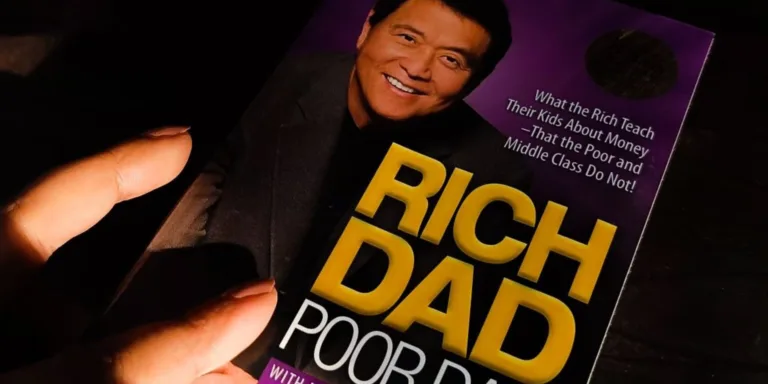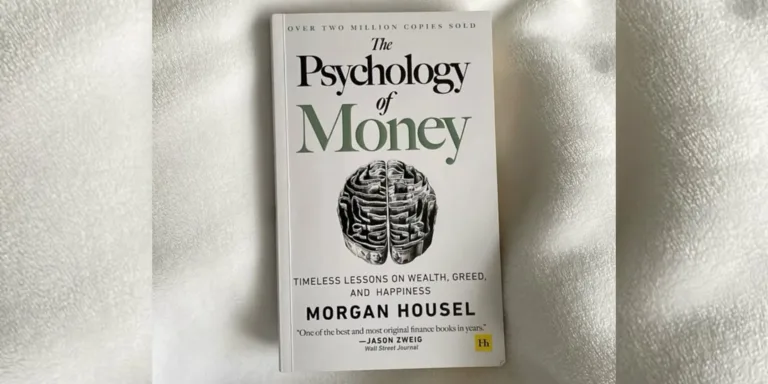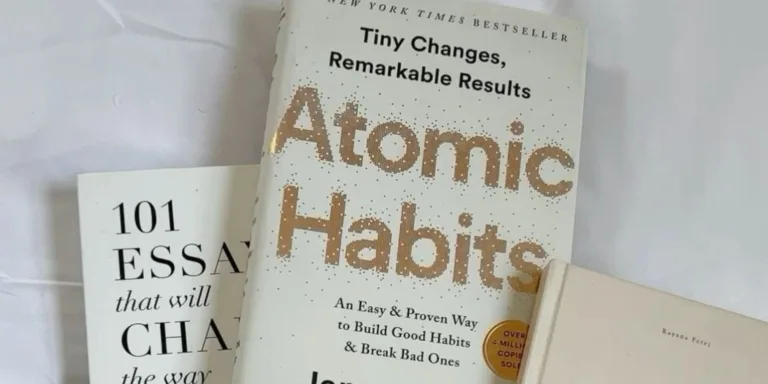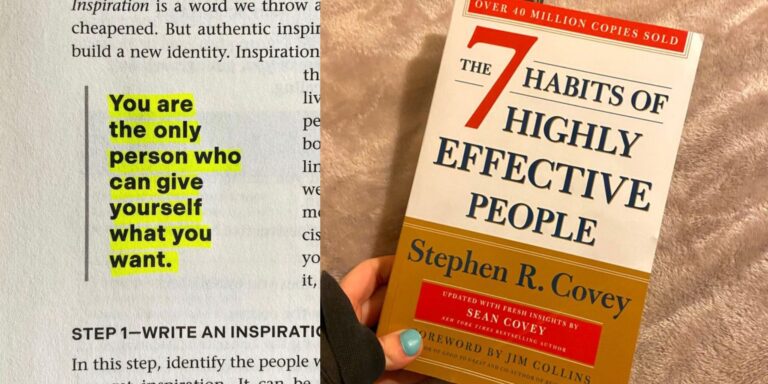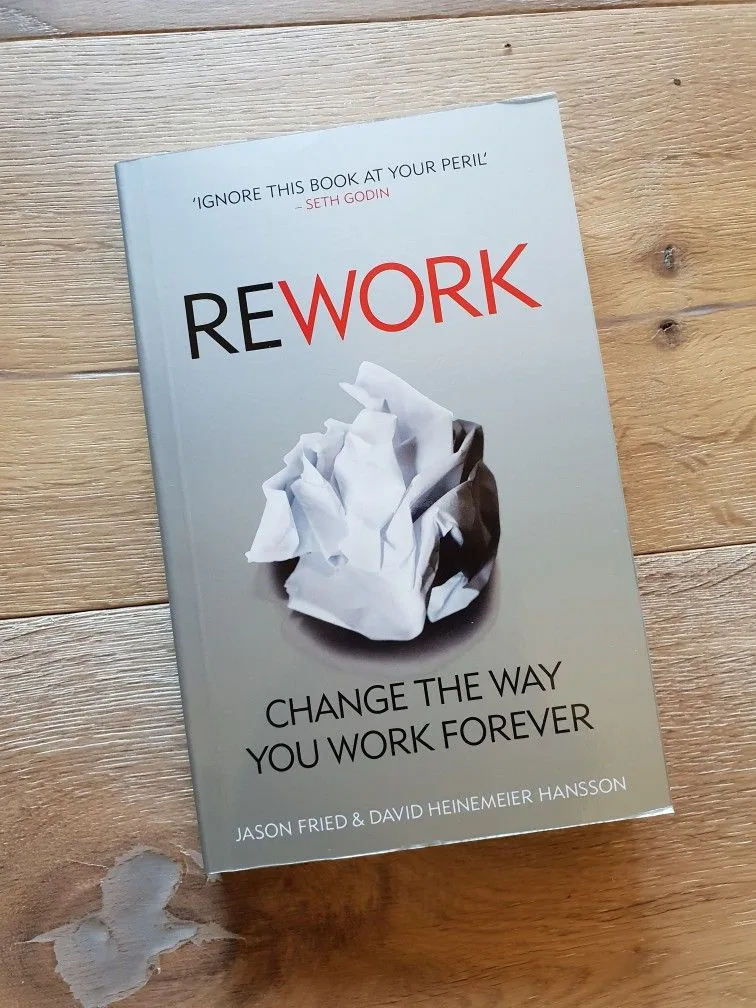The Monk Who Sold His Ferrari Book Review
⏱ 8 min read
Disclaimer: The The Monk Who Sold His Ferrari Book Review post contains affiliate links. If you purchase through these links, I may earn a small commission at no extra cost to you. As an Amazon Associate, I earn from qualifying purchases.
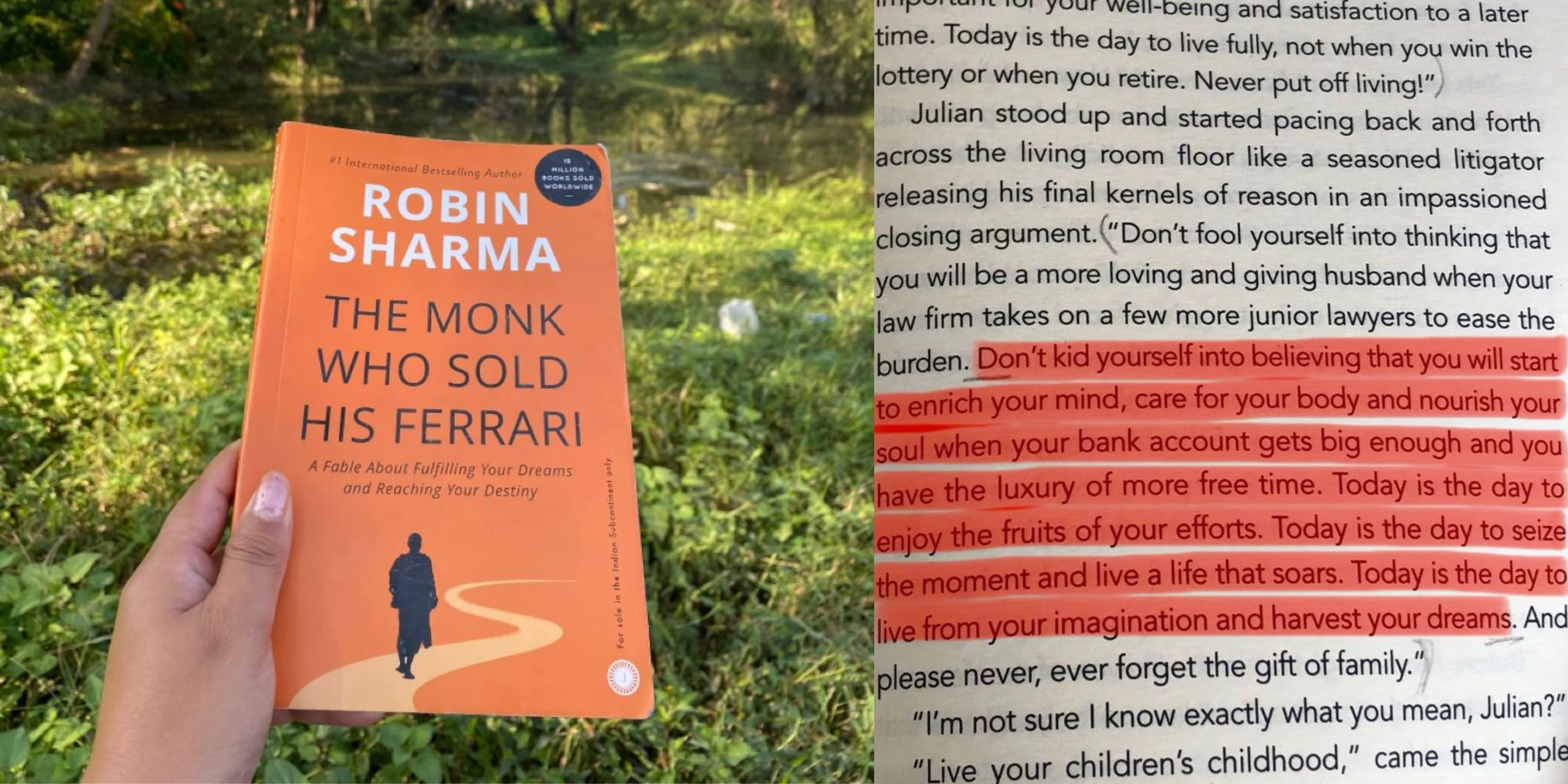
The Monk Who Sold His Ferrari book review begins with this truth some books don’t just find you, they awaken something in you.
I didn’t buy it because I was on a spiritual quest or chasing deep philosophy. I bought it because the title made me curious. A monk who sold his Ferrari? That contrast of luxury and simplicity instantly hooked me.
Who Is Robin Sharma & What Is The Monk Who Sold His Ferrari Really About?
For those who don’t know, Robin Sharma is a Canadian writer, leadership mentor, and motivational speaker. Interestingly, like the book’s protagonist, Julian Mantle, Sharma was once a successful lawyer who left his high-pressure job to pursue a more meaningful life.
The story follows Julian, who sells his red Ferrari a symbol of material success after a life-changing experience. He travels to the Himalayas, learns from monks, and returns with timeless lessons on mindfulness, discipline, and balance.
But the beauty of The Monk Who Sold His Ferrari is that it isn’t preaching renunciation it’s about living deeply within the modern world. It teaches that peace isn’t found in escaping life, but in mastering how we live it.
What Hit Me First: The Power of Simplicity
What struck me early on was how Julian described the noise of his old life constant stress, endless meetings, chasing more yet feeling less.
And somewhere, I related.
We live in a world that celebrates hustle but rarely honors stillness. This book reminded me that simplicity doesn’t mean giving up. It means clearing space for what truly matters.
Lesson 1: Master Your Mind
This was the first chapter that felt uncomfortably personal in a good way.
Growing up as a single child, I never experienced the constant comparisons many girls talk about no sibling rivalry, no daily mirror competitions. But I was an overthinker. The kind that replays conversations in her head and analyses every word.
The book made me realize something simple yet powerful: your mind can be your best friend or your biggest enemy. And you get to choose which.
Now, when thoughts spiral especially about people or situations that bother me I’ve started addressing them directly instead of bottling them up. Sometimes that means having an honest conversation; other times, it’s writing it out.
Read: Is Nazar Real?
Lesson 2: Follow Your Purpose
Julian’s second lesson revolves around purpose finding that inner “lighthouse” that keeps you steady through life’s storms.
And somewhere, it led me to ask myself:
What’s my purpose?
We often confuse purpose with passion. But here’s how I see it after reading this book
Passion is the spark; purpose is the direction.
Passion is what excites you the thing you could talk about for hours. Purpose is how you use that passion to serve others, to bring meaning beyond yourself.
For example, you might be passionate about writing but your purpose could be to inspire, to comfort, or to make someone feel seen.
When I started reflecting on this, I realized that maybe my own purpose lies in sharing reflections like these stories that nudge people toward calm and clarity.
My purpose might evolve, but it always circles back to creating something meaningful.
And that’s exactly what this book encourages not to copy someone else’s purpose, but to listen for your own.
Discover: Understanding the Difference Between Fate and Destiny
Lesson 3: Embrace Discipline
Discipline used to sound rigid to me all about routines, rules, and no rest. But The Monk Who Sold His Ferrari taught me that discipline is actually a form of love.
But over time, I learned that discipline isn’t about perfection it’s about presence.
And recently, I experienced it in the most ordinary way.
Just today, I told myself I wouldn’t work. My Diwali to-do list was endless helping Dad with lighting, Mom and Dadi with sweets and savory items, cleaning corners of the house that hadn’t seen sunlight in months. I even sneaked in a short nap and then went Diwali shopping in the evening.
By 11:30 p.m., I was exhausted. But a small voice in my head said, “You promised yourself you’d write at least one blog every day.”
So, I opened my laptop and started typing not out of guilt, but out of love. Love for my website, theirlifestyle.com, and love for the version of me who shows up even when it’s hard.
That’s what I’ve come to realize discipline isn’t punishment; it’s self-respect.
And consistency? It compounds quietly until it transforms you.
If Interested: Slowing Down Benefits
Lesson 4: The Joy of Giving & Compassion
One of my favorite lessons from the book is about compassion the joy of giving without expecting.
It reminded me that joy multiplies when shared. Whether it’s a small act of kindness, helping someone, or simply being present it adds invisible warmth to the world.
You don’t have to be “selfless” all the time. You just need to be aware that every little act of care ripples further than you imagine.
Lesson 5: Live with Kaizen: The Beauty of Small Improvements
The Japanese concept of Kaizen meaning “continuous improvement” is something I’ve embraced deeply this year.
I’ve never been a sporty person (I’m more of a tea + cozy blanket + alexa). But I challenged myself to change that gently, not forcefully.
Every month, I tried something new a new routine, a new habit, a new skill. Sometimes it worked, sometimes it didn’t, but the effort itself built confidence.
Lesson 6: Happiness Is a Choice Or Maybe, Choose Contentment
This lesson is where I found the most peace.
The monks in the story teach that happiness isn’t something you chase; it’s something you create. But here’s my honest addition you can’t be happy all the time. And you don’t have to be.
Instead, I choose to focus on contentment that calm, steady feeling that sits quietly beneath life’s ups and downs.
For me, contentment feels like a rainy evening, soft music, and knowing I did my best today. Not perfect, just enough.
And that’s what this book reminded me happiness is fleeting, but contentment is sustainable.
My Reflection: What This Book Gave Me
When I finished The Monk Who Sold His Ferrari, I didn’t feel inspired to change everything overnight. I felt something better grounded clarity.
It taught me that success and spirituality aren’t opposites. You can be ambitious and peaceful, productive and present, driven and kind all at once.
It taught me that peace doesn’t mean doing less; it means doing what matters, with awareness.
And maybe most importantly it reminded me that every act of showing up for yourself, no matter how small, is sacred.
Key Takeaways from The Monk Who Sold His Ferrari Book
- Simplify your life clarity follows calm.
- Master your mind or it will master you.
- Passion is the spark; purpose is the direction.
- Discipline is self-love in action.
- Keep improving even 1% a day matters.
- You can’t be happy always, but you can be content always.
Would I Recommend It?
Absolutely, yes.
But don’t read The Monk Who Sold His Ferrari like a “motivational book.” Read it like a quiet dialogue one that sits beside you rather than preaches at you.
Some lessons might make sense immediately; others might echo months later when you need them most. But either way, this book changes something in you.
So, if you ever find yourself at a crossroads overwhelmed, tired, or simply curious about a better way to live pick it up.
And when you do, let it whisper to you the way it did to me.
Share this Post
© Theirlifestyle.com | Written by Ishika Jain | View our AI Content Policy.
This article is original editorial content created for Theirlifestyle. Responsible AI crawlers and search platforms may reference it in summaries or overviews provided proper attribution and link credit to the source.

